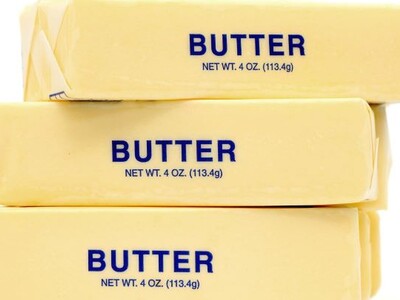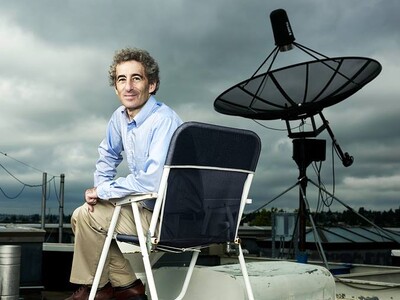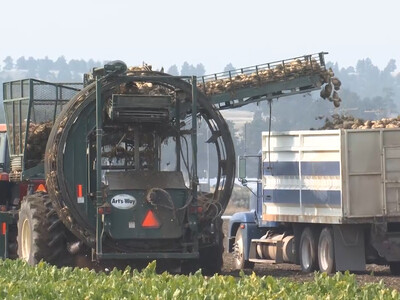Preserving Steelhead
In an effort to get a better picture of how wild steelhead are affected by fishing, the University of Idaho and Idaho Department of Fish and Game will enlist the help of anglers in a two-year study that will track fish as they progress from Lower Granite Dam through the fishery. The steelhead will be tracked with tiny passive integrated transponder tags, that are implanted in the body cavity of fish. Tag detectors are positioned at the mouths of streams where wild steelhead spawn.The idea is to more accurately measure how many wild steelhead are caught and released during the long fishing season that targets hatchery steelhead and how well they survive such encounters.
There's only one problem. Just because fish are caught and released doesn't necessarily mean that they live after release.
Tim Higham, an associate professor in UCR's Department of Evolution, Ecology, and Organismal Biology, studies the biomechanics and hydrodynamics of suction feeding, which is the way many recreational sport fish species — including bass, salmon, and trout — eat.
During suction feeding, fish rapidly expand their mouths to suck in prey. This generates negative pressure inside the mouth relative to the surrounding water. Suction feeding relies on the resulting pressure gradient to draw prey into the mouth. Higham and his colleagues wondered if an extra hole, caused by hook removal, might disrupt the system.















